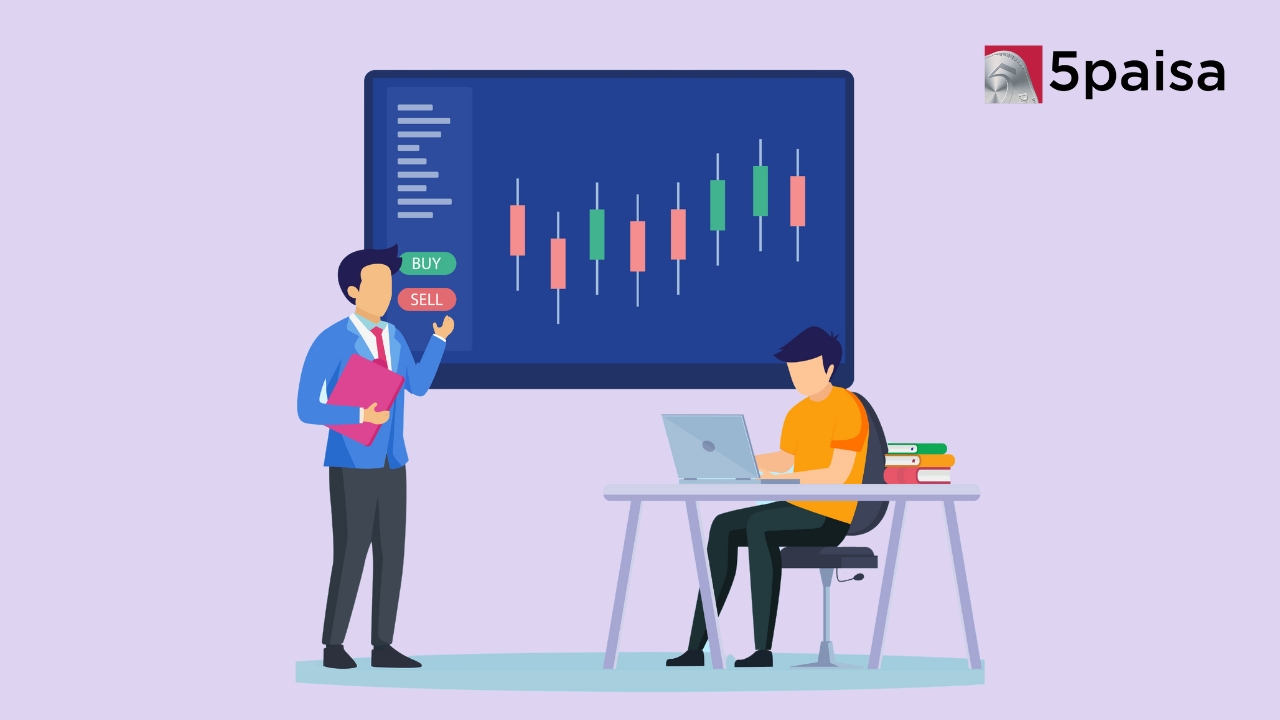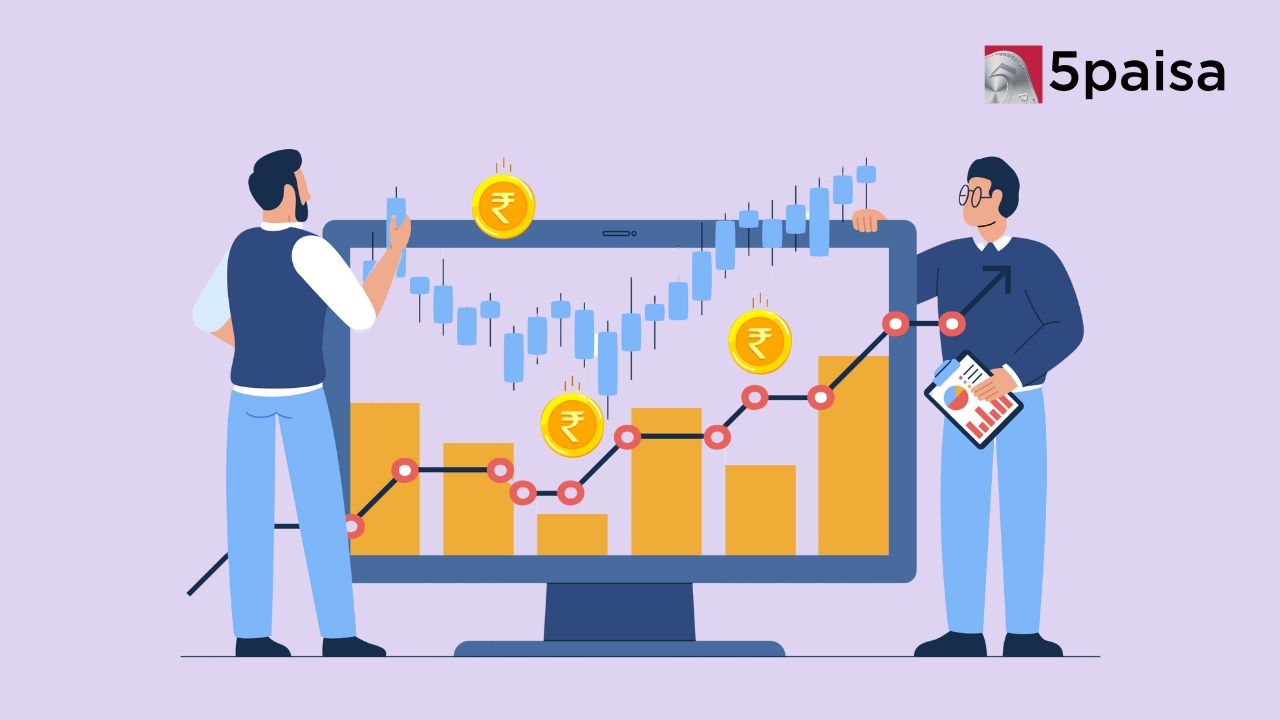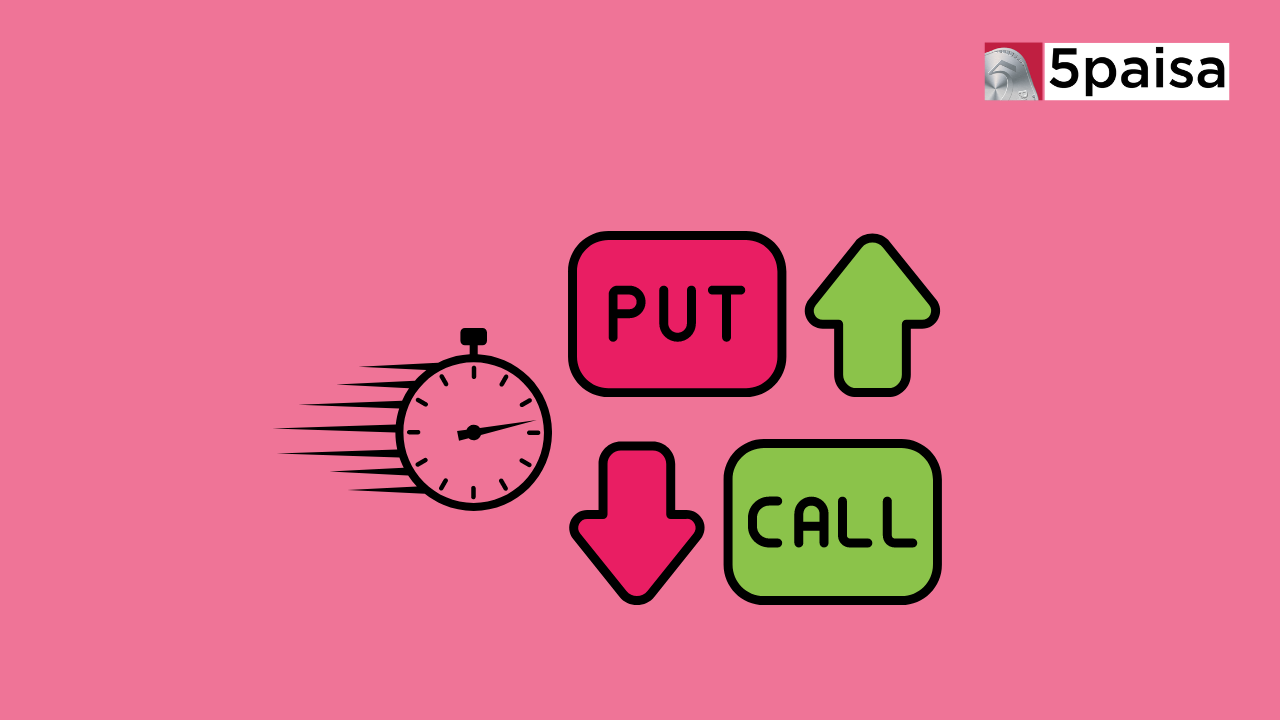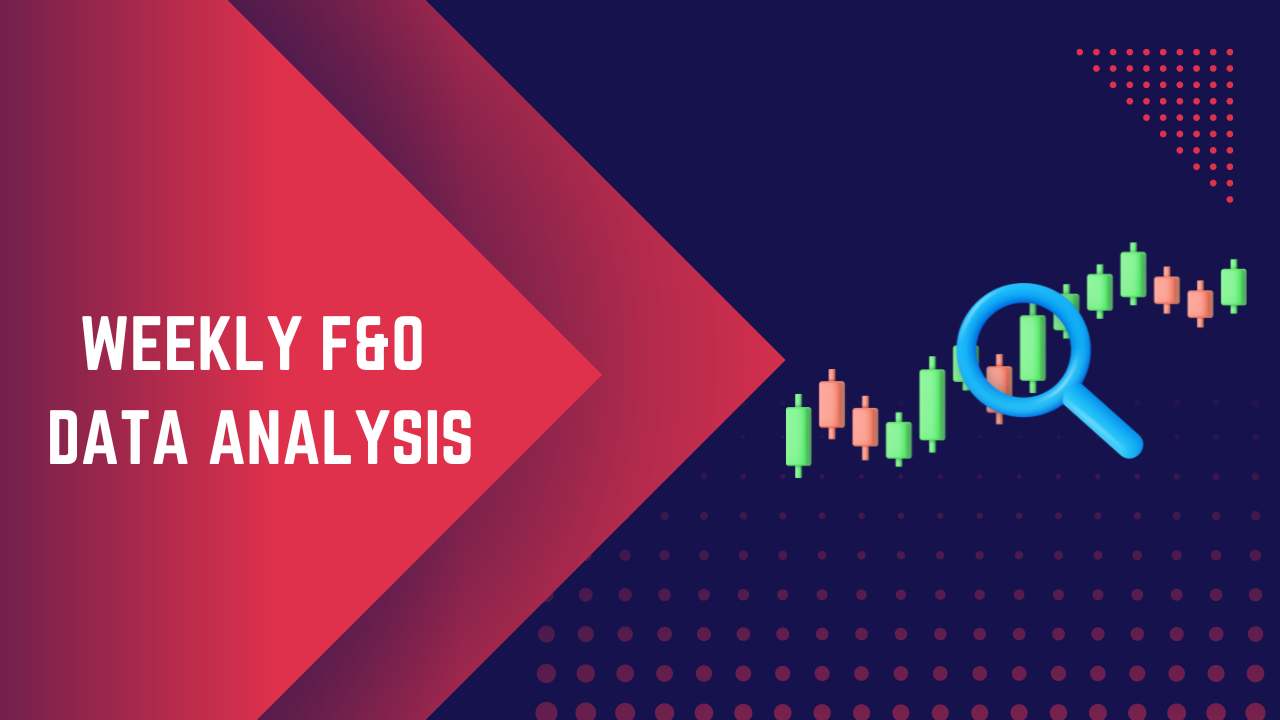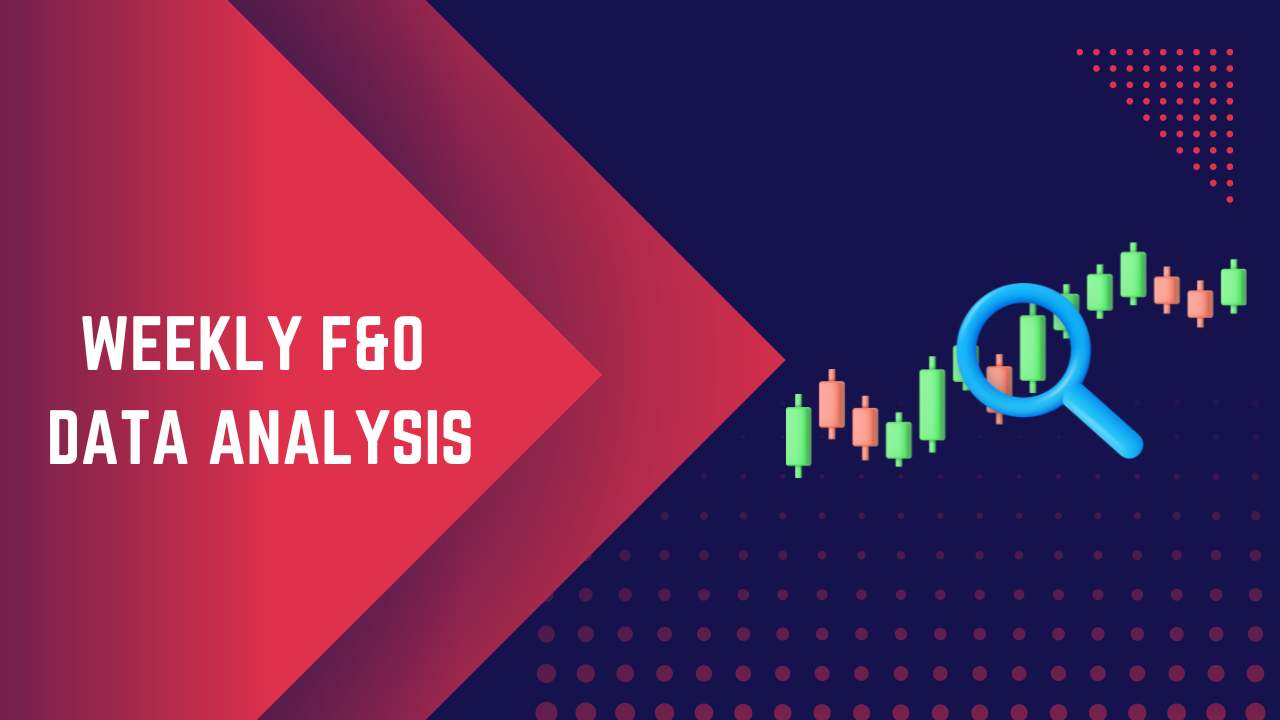Beginner’s Guide to Derivatives Trading with F&O 360
What are Futures Contracts?

Last Updated: 11th December 2022 - 09:10 pm
Before getting into the finer aspects of futures contracts, let us look at a simple futures contract; that most of you would have seen on the NSE. Here is a snapshot of a Reliance Futures Contract.

Data Source: NSE
The above snapshot is of Reliance Industries stock futures. The contract expires on the last Thursday of February and it is the near month futures contract (3 months in all). The futures price fluctuates just like the spot price of Reliance. Futures normally trade at a premium to spot price since they pertain to a future date. So, what are futures contracts all about?
Futures contract is agreed today but executed at a future date
If you take the example of Reliance futures, you can buy RIL futures at Rs1491.90 by paying a margin. You have time till Feb 27th to square up the position or you can just let it expire, and the profits or losses are adjusted to your trading account. The futures price normally moves in tandem with the spot price with the advantage that in futures you don’t pay the entire consideration for purchase but only pay margins. Futures are contracts not assets; hence you don’t need demat account for trading futures. It can be done in your online trading account itself.
Futures can be long or short on any underlying
That means you can either buy futures or sell futures. Obviously, you buy futures when you expect the price to go up and you sell futures when the price is expected to go down. To go long means to buy and to go short means to sell. In the above example, the underlying asset is Reliance stock. But in the futures market, the underlying asset can be anything. It can be an index (like Nifty), or it can be currencies, interest rates or even commodities like gold and crude oil. You can even buy futures on volatility, which is what VIX futures are all about.
Futures are like leveraged contracts
We mentioned earlier that you pay a margin when you buy or sell futures contracts. There is an initial margin to cover the day risk, and then there are daily mark-to-margins to cover adverse price movements. Either ways, your position is always leveraged (like borrowing without paying interest). However, you must not get excited that leverage allows you to magnify profits. It works both ways and can also magnify losses, so futures trading must be done with stop losses only.
Futures are useful for hedging risk
The biggest utility of futures is in the hedging of risk and not in trading or taking leveraged bets on the market. What do we understand by hedging? It is about protecting our risk. For example, if you bought SBI at Rs280 and the price has gone up to Rs350, you can lock in the profit of Rs70 by selling futures at Rs350. Irrespective of where the stock of SBI goes, your profit of Rs70 is assured. This can be a useful protection against fall in prices, especially in volatile markets. This logic can also be used to put a stop loss on your trade to limit losses and protect capital.
Futures are safer than forward contracts
Structurally, futures are same as forwards and hence traders often get confused. However, there are 3 essential differences. Firstly, unlike forwards, futures contracts are standardized in terms of lot size, expiries and assets. Secondly, futures are exchange-traded while forwards are over-the-counter (OTC) contracts. That is because futures are standardised and trading gives them secondary market liquidity. Finally, all futures trades on the BSE and NSE are guaranteed by the respective clearing corporations and that adds to the safety of these futures contracts.
- Margin Plus
- FnO360
- Rich Data
- Derivatives Strategies
Trending on 5paisa
Futures and Options Related Articles
Disclaimer: Investment in securities market are subject to market risks, read all the related documents carefully before investing. For detailed disclaimer please Click here.
 5paisa Research Team
5paisa Research Team
 Sachin Gupta
Sachin Gupta
